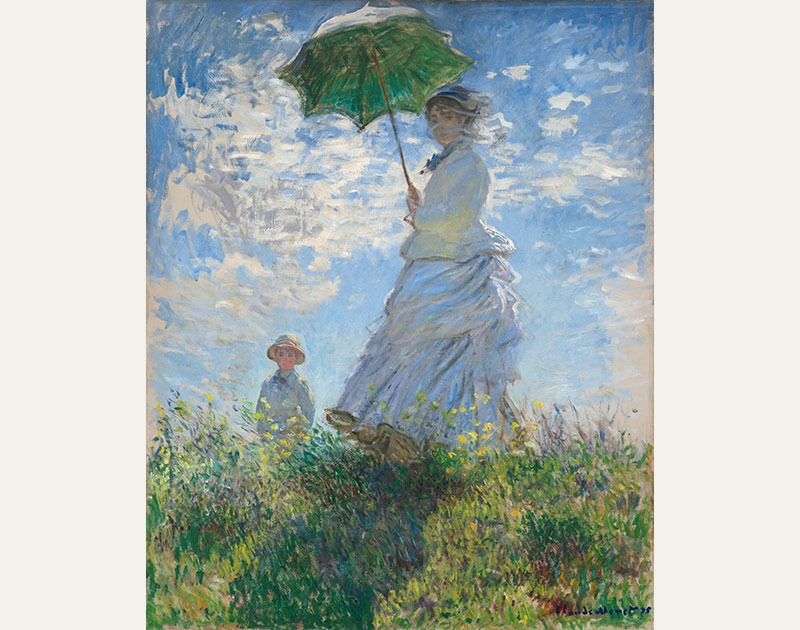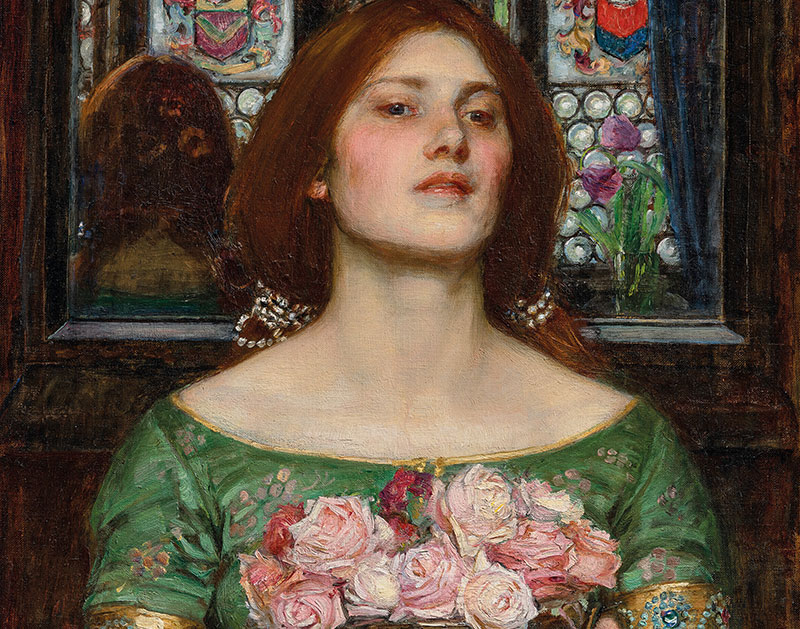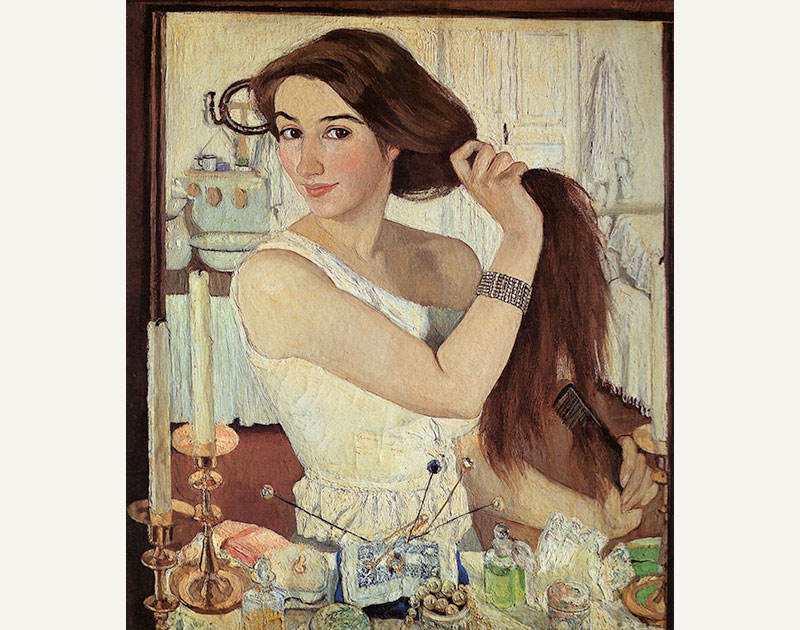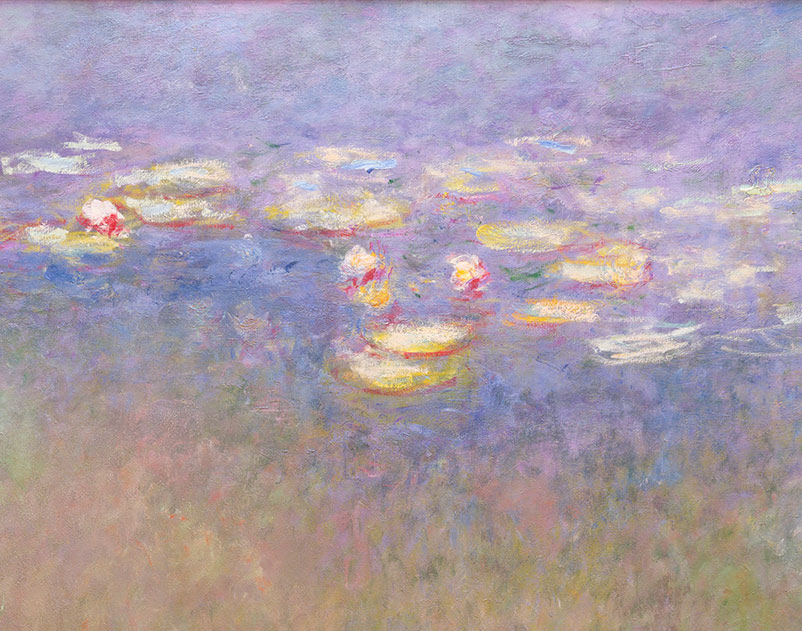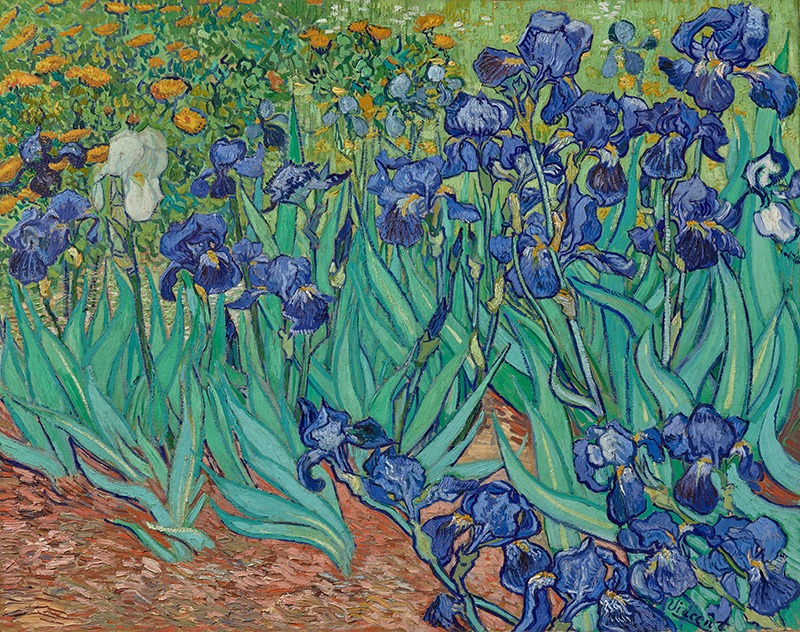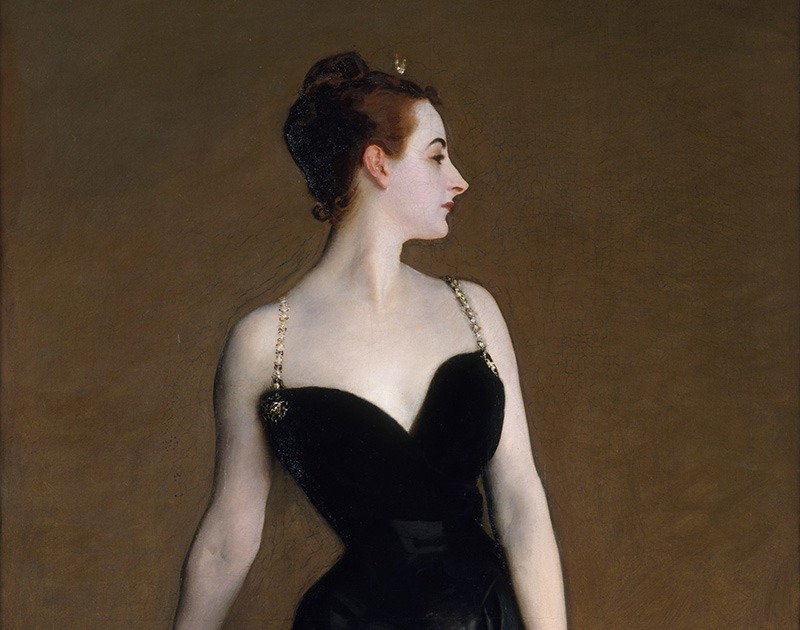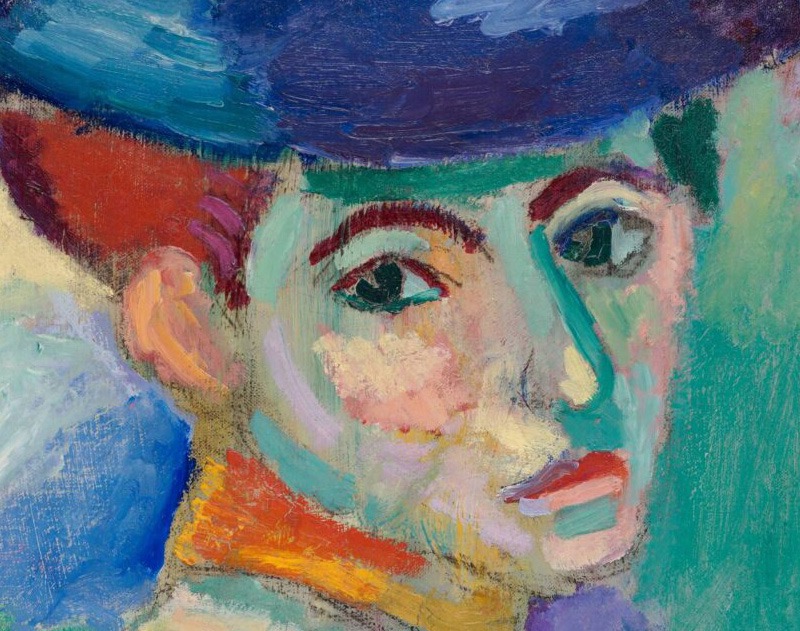Mogao Grottoes
Commonly known as the Caves of the Thousand Buddhas, this UNESCO World Heritage Site is nestled at the western terminus of the Hexi Corridor in Dunhuang. Renowned for its exquisite murals and sculptures, the complex originated during the Former Qin dynasty (351–394 CE) and expanded through successive eras—Sixteen Kingdoms, Northern Dynasties, Sui, Tang, Five Dynasties, Western Xia, and Yuan. Today, 735 surviving caves house 45,000 square meters of murals and 2,415 polychrome clay statues, constituting the world’s largest and most comprehensive repository of Buddhist art.
The 20th-century discovery of the Library Cave unveiled over 50,000 ancient artifacts, catalyzing the birth of Dunhuangology—a scholarly discipline dedicated to studying these treasures. Tragically, modern-era plundering and neglect caused irreversible damage, with countless artifacts scattered globally. Designated as one of China’s first-tier protected cultural sites in 1961, the grottoes gained UNESCO recognition in 1987.
Aurel Stein’s The Thousand Buddhas
Published in 1921 by British archaeologist Marc Aurel Stein, this seminal work documents his 1907 expedition to the Library Cave. The volume features 48 meticulously reproduced silk paintings—chromatic and monochromatic plates—prefaced by an analytical essay from Laurence Binyon, then Keeper of Oriental Prints at the British Museum.
Stein’s field notes reveal the cave’s original organization: 1,050 bundles of Chinese scrolls and 80 Tibetan texts formed the “standard library,” while “miscellaneous bundles” contained palm-leaf manuscripts in Sanskrit, Khotanese, and Tibetan, alongside Uighur and Sogdian scrolls, textile art, and ephemera. The silk paintings, now regarded as crown jewels of Stein’s collection, predominantly date to the Tang dynasty (618–907 CE).
Stein’s collection of silk Buddhist paintings carries dual historical significance. Primarily dating to the Tang Dynasty (618-907 CE) – the golden age of Silk Road cultural exchange – these works constitute the earliest surviving examples of monastic silk art. Their importance is magnified by subsequent degradation: poor conservation practices during their British custodianship caused irreversible pigment fading and textile damage. Thus the 1921 photographic plates, despite their colonial context, now serve as crucial visual archives preserving these artworks’ original chromatic brilliance and intricate detailing – a haunting testament to both Tang artistic mastery and modern cultural negligence.


